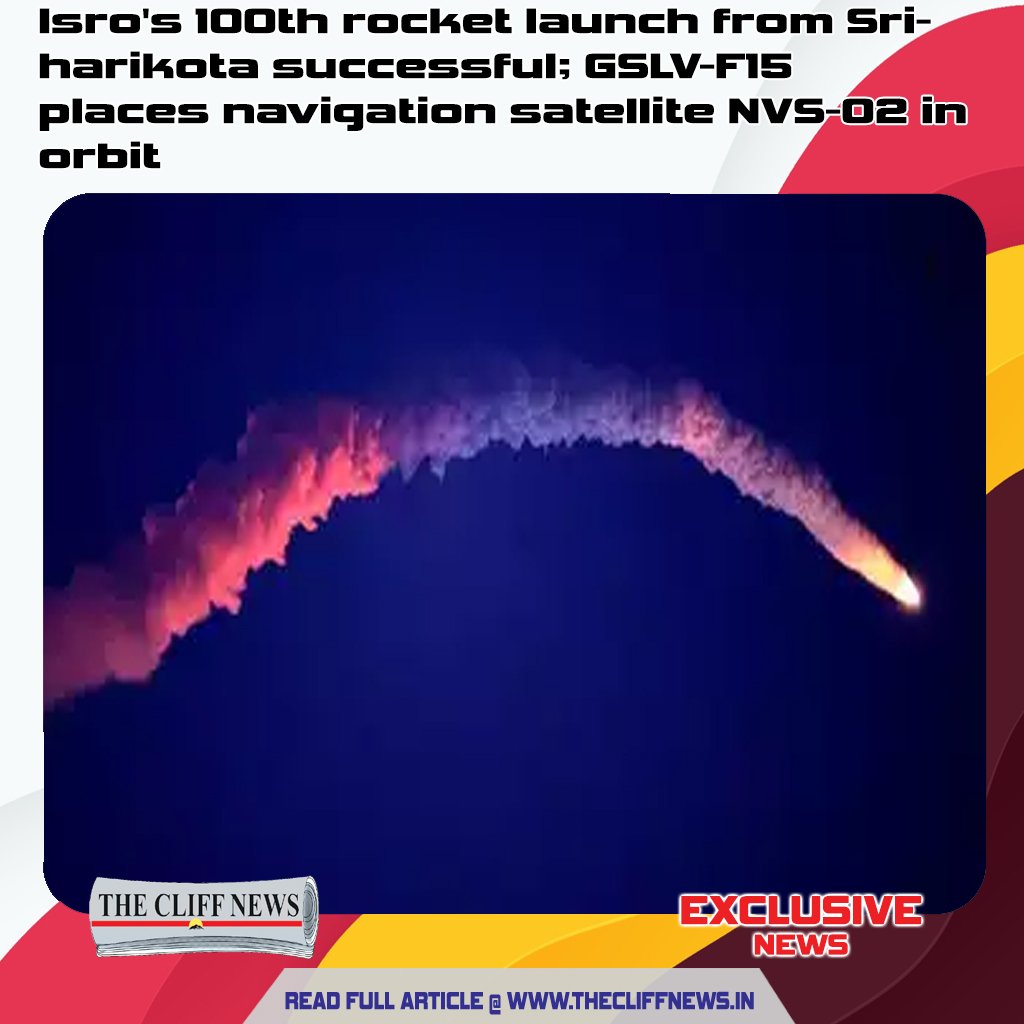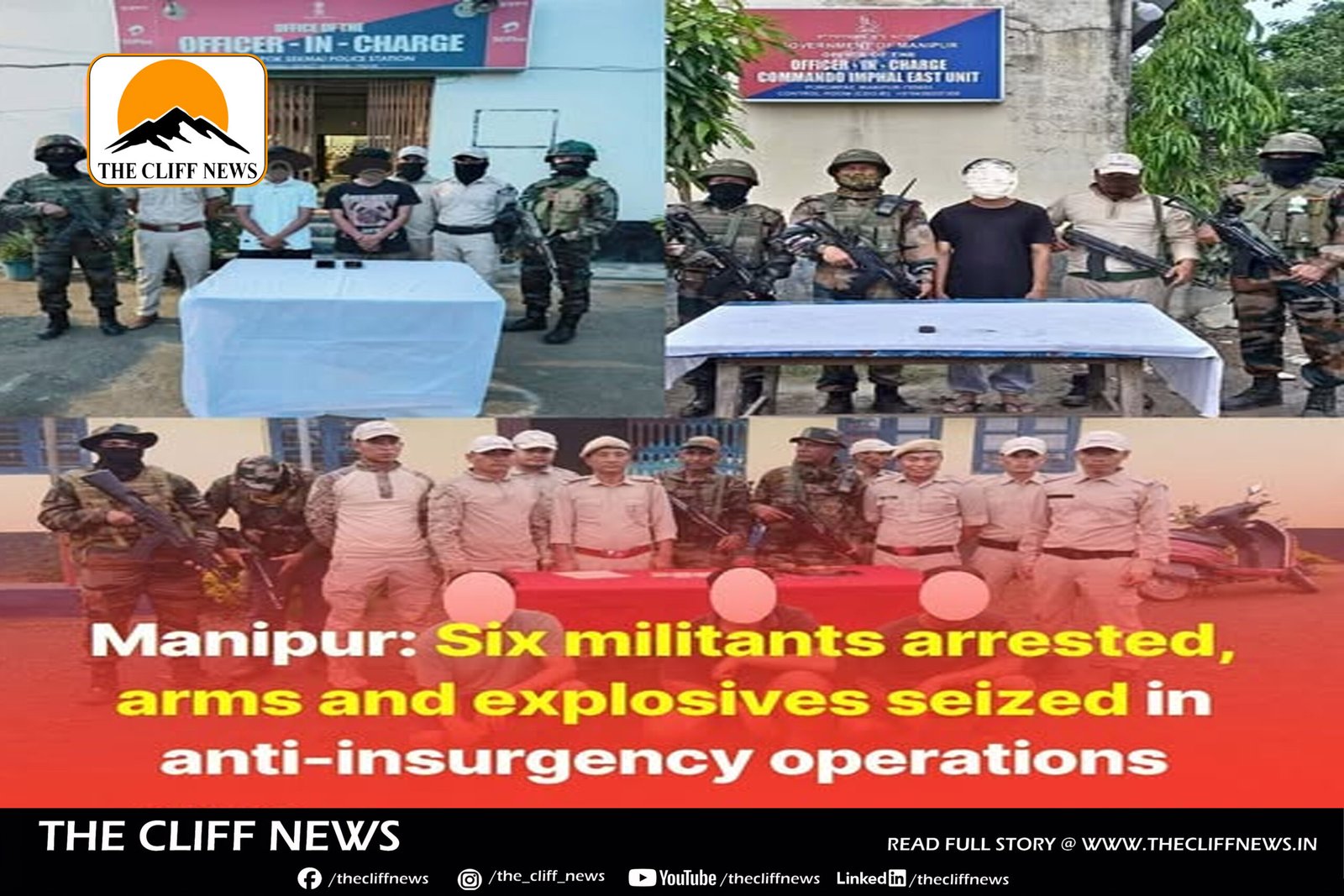The Indian Space Research Organisation (ISRO) reached a new milestone on Wednesday by successfully launching and placing the second-generation navigation satellite NVS-02 into orbit. The mission marked ISRO’s 100th rocket launch from the Satish Dhawan Space Centre in Sriharikota.
The GSLV-F15 rocket, carrying the NVS-02 navigation satellite, lifted off from the second launch pad at 6:23 AM, and within 19 minutes, it reached a 322.93 km geosynchronous transfer orbit. This mission strengthens India’s Navigation with Indian Constellation (NavIC) system, designed to provide accurate positioning, velocity, and timing (PVT) services across India and surrounding regions.
Significance of the Launch
ISRO Chairman V. Narayanan highlighted the organization’s achievements, stating that ISRO has launched six generations of rockets, placing 548 satellites into orbit, weighing a total of 120 tonnes—including 23 tonnes of 433 foreign satellites. Some of ISRO’s notable missions include the Chandrayaan series, Mars Orbiter Mission, Aditya-L1, and the record-breaking 104 satellites in a single launch.
S. Unnikrishnan Nair, Director of Vikram Sarabhai Space Centre, expressed confidence in achieving the 200th launch milestone at a faster pace due to India’s evolving space ecosystem.
GSLV and NVS-02: A Leap in Navigation
This was the 17th flight of the GSLV rocket and the 11th flight using an indigenous cryogenic stage. It also marked the eighth operational flight of GSLV with a cryogenic stage.
The 2,250 kg NVS-02 satellite will replace IRNSS-1E in the NavIC constellation. Similar to NVS-01, which was launched on May 29, 2023, NVS-02 is equipped with an indigenous atomic clock for precise timekeeping. It incorporates Rubidium Atomic Frequency Standard (RAFS), serving as a highly stable frequency reference for navigation.
NavIC: India’s Independent Navigation System
NavIC is India’s regional navigation satellite system, providing two types of services:
- Standard Positioning Service (SPS) – Available for all users
- Restricted Service (RS) – Encrypted service for authorized users
NavIC ensures a position accuracy of better than 20 meters and timing accuracy of better than 40 nanoseconds across its coverage area, which extends 1,500 km beyond India’s landmass.
Future Enhancements & Applications
The NVS series (NVS-01 to NVS-05) is set to enhance the NavIC base layer with improved features, including L1 band signals for better adoption in mobile devices.
Key applications of NavIC include:
✅ Strategic applications
✅ Terrestrial, aerial, and maritime navigation
✅ Precision agriculture
✅ Geodetic surveying
✅ Fleet management
✅ Location-based services on mobile devices
✅ Satellite orbit determination
✅ IoT-based applications
✅ Emergency and timing services
With this successful launch, ISRO continues to strengthen India’s position in global satellite navigation, enhancing its strategic and civilian capabilities. 🚀



